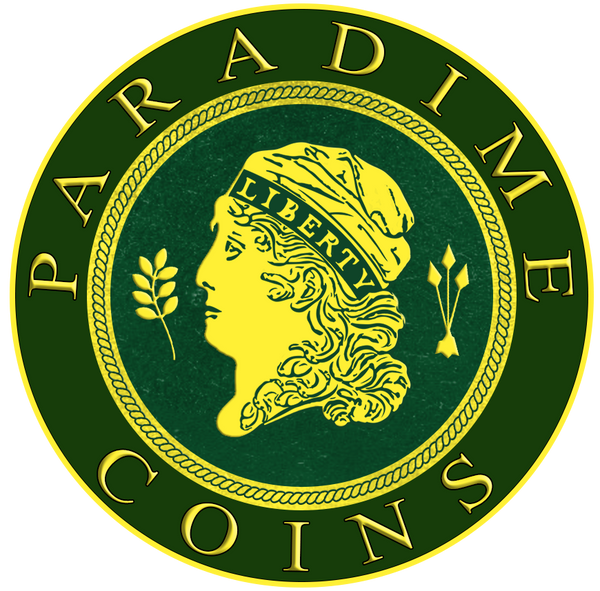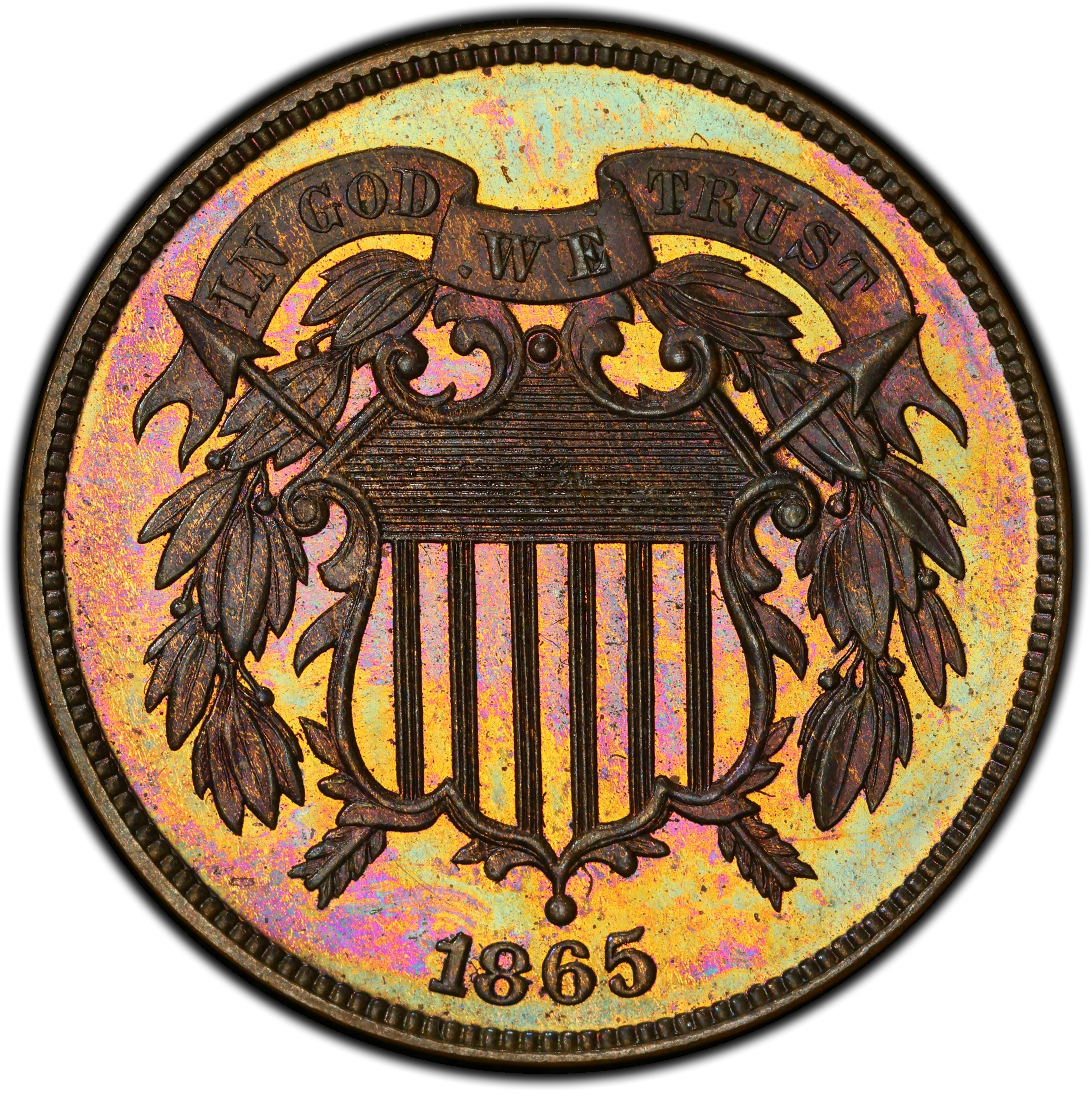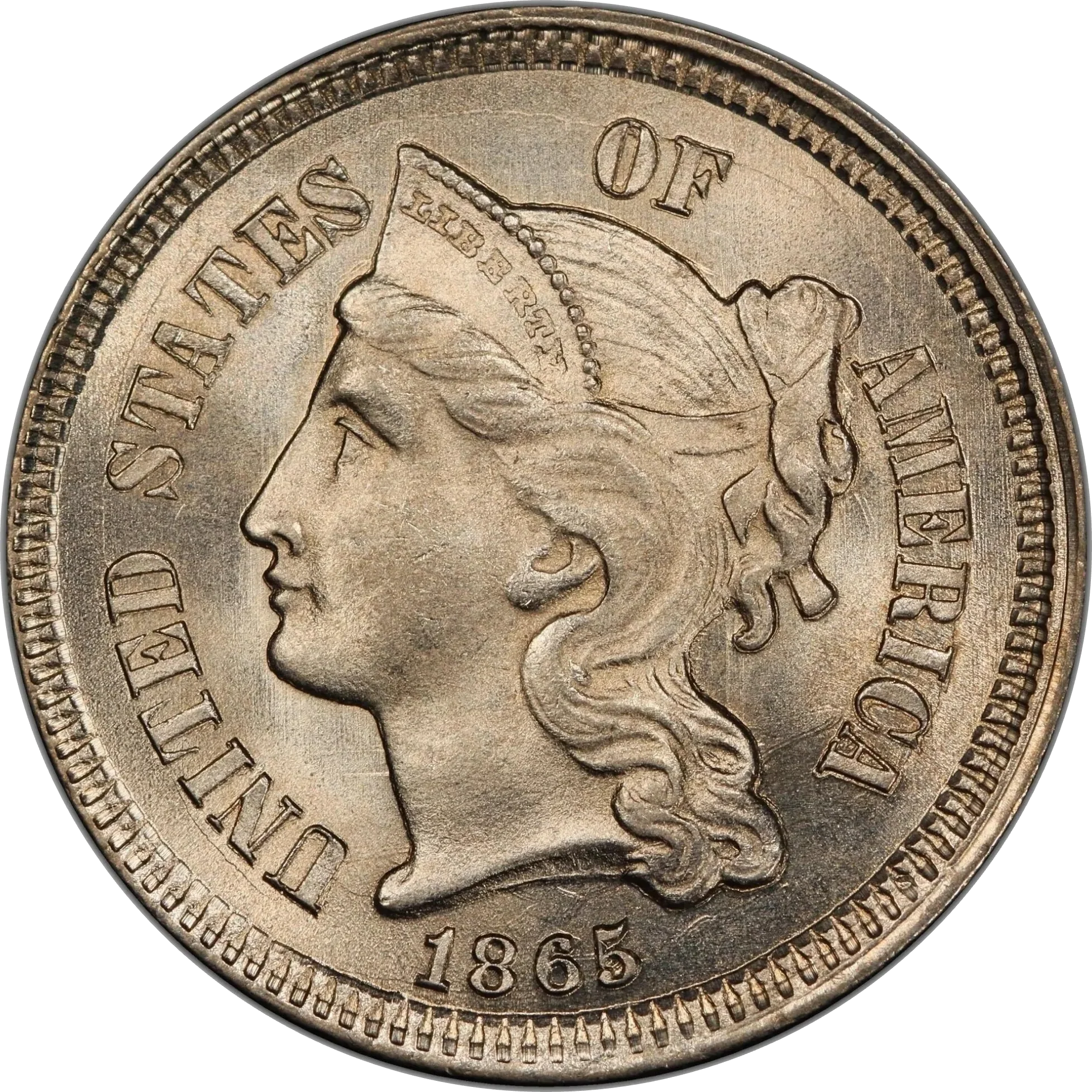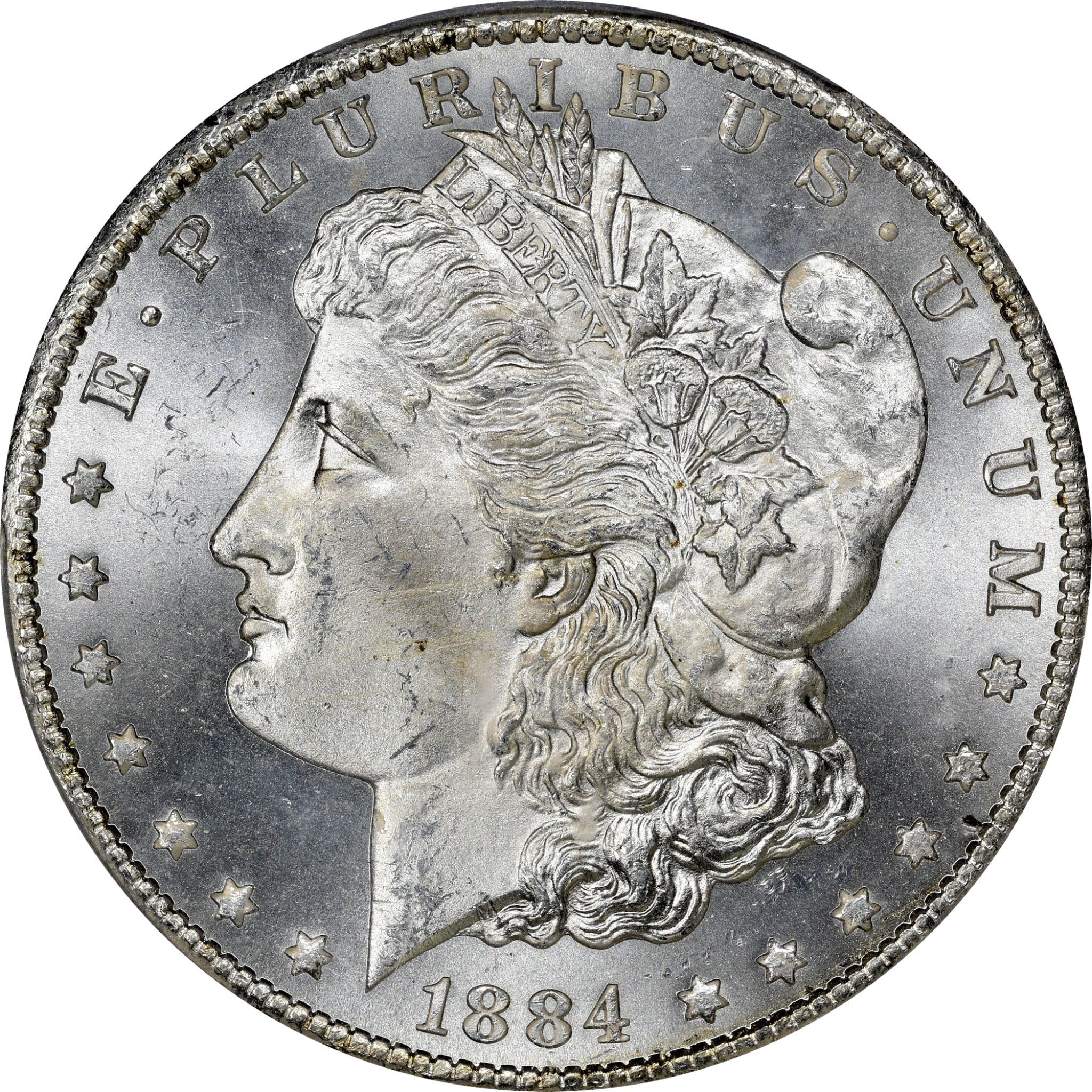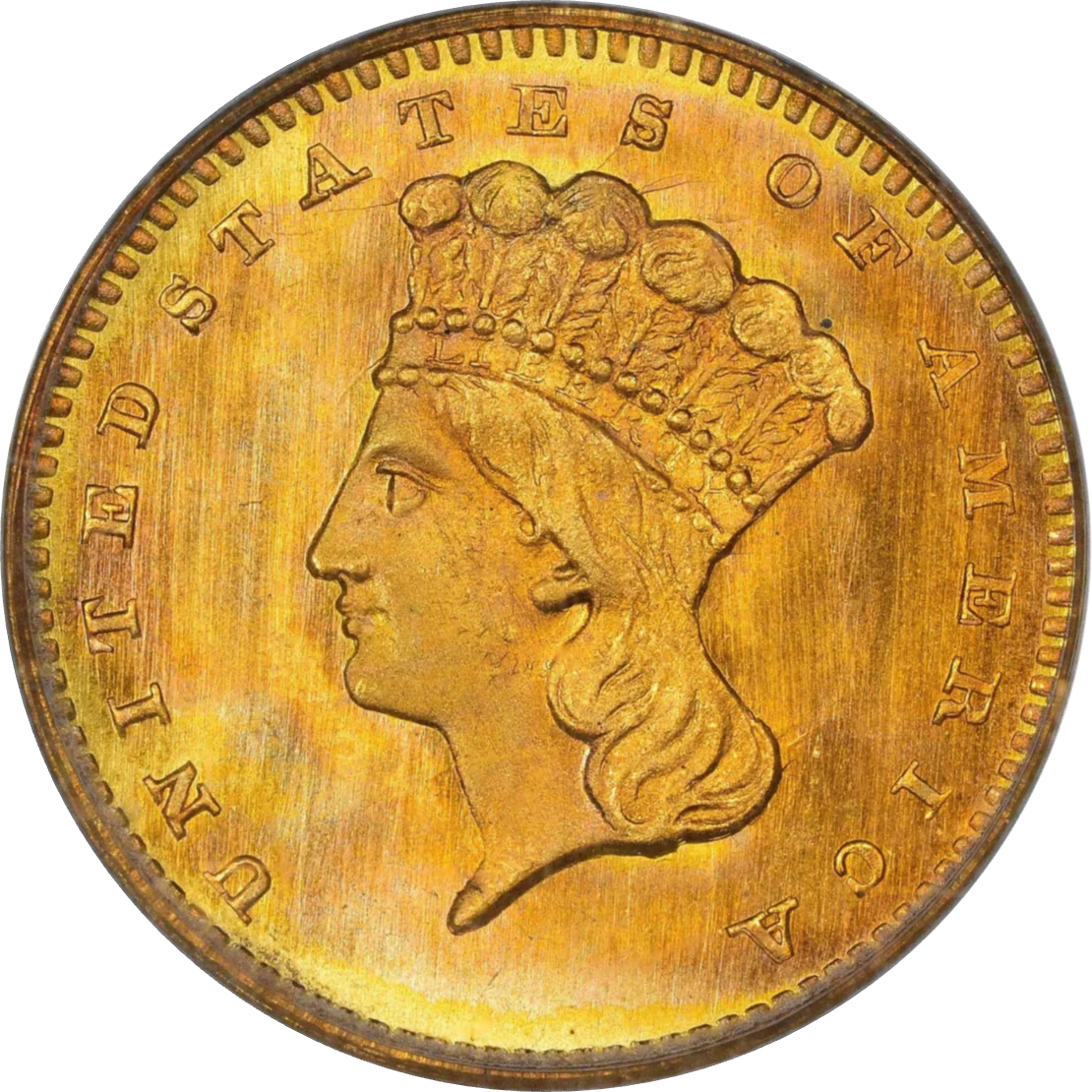Collection: Type 1, Small Eagle
No products found
View All Inventory
Designed by: Robert Scot
Issue Dates: 1796-1797
Composition: 89.24% silver, 10.76% copper
Diameter: 16.5 mm
Weight: 1.34 grams (20.8 grains)
Edge: Reeded
Business Strike Mintage: 54,757
Proof Mintage: None
The Draped Bust half dimes of 1796–1797 represent one of the most historically important and visually distinctive early federal coinage types. Believed ... Read More
Designed by: Robert Scot
Issue Dates: 1796-1797
Composition: 89.24% silver, 10.76% copper
Diameter: 16.5 mm
Weight: 1.34 grams (20.8 grains)
Edge: Reeded
Business Strike Mintage: 54,757
Proof Mintage: None
The Draped Bust half dimes of 1796–1797 represent one of the most historically important and visually distinctive early federal coinage types. Believed to have been designed by Chief Engraver Robert Scot, following a concept by portraitist Gilbert Stuart, the obverse features Liberty with flowing hair, a ribbon at the back of her head, and drapery across her neckline. The inscription LIBERTY appears above, with the date below.
In 1796, the half dime bore eight stars to the left and seven to the right, totaling 15. The 1797 issues introduced three intentional star configurations: 13, 15, and 16 stars, reflecting debates over whether to honor all states or standardize at 13. Eventually, practicality prevailed, and the 13-star format became permanent. The reverse displays a small eagle on a cloud, surrounded by an open wreath and the legend UNITED STATES OF AMERICA—notably without a denomination.
All coins of this short-lived design are scarce, especially in higher grades. Most surviving examples range from About Good to Fine, with Very Fine and Extremely Fine coins being elusive. Uncirculated pieces, particularly from 1797, are exceedingly rare. Many exhibit adjustment marks and weak central strikes, especially at the eagle’s breast.
The 1796/5 overdate is the first recorded emission and suggests a planned, but unexecuted, Draped Bust coinage in 1795. The so-called “LIKERTY” variety, while often cataloged, results from die wear that altered the B in LIBERTY—an illusion rather than an error.
These coins carry unique charm. No two specimens are quite alike, as each was individually struck from hand-prepared dies. Their rarity and personality contribute significantly to their collector appeal. While pricing does not always reflect true availability, modern tools like the PCGS and NGC population reports have clarified the actual rarity landscape.
For the specialist or type collector, these early half dimes are rich in nuance and historical significance—true representatives of early American numismatic artistry.
... Read Less